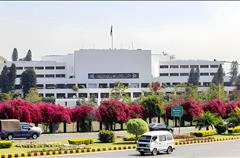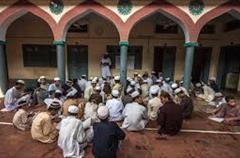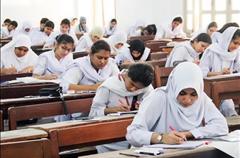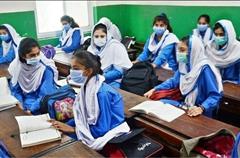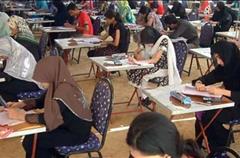Peshawar, As the world is going to celebrate the Universal Children’s Day today (Tuesday), about 1.5 million children in Pakistan are on the street and the country has not yet achieved 50 percent literacy rate even 65 years after independence, said a representative of non-governmental organisation (NGO).
Addressing a press conference in connection with the World Day for Prevention of Child Abuse, Imran Takkar, program manager of Society for the Protection of the Rights of the Child (Sparc), said the rate of child labour and street children in Pakistan had increased in associated to other countries in the region.
The government’s unconcern to challenge child labour can be assessed from the fact that no data is available since 1996, he said. Quoting unofficial statistics, he said there were around 10.2 million child labourers in the country.
The government has already declared education as a fundamental right of every individual under Article 25-A of the Constitution but no steps has been taken yet, he said.
Advising the government to take immediate steps to increase the education rate in the country, he said that under the 18th Amendment, child rights fell under the domain of the provinces.
The government should increase the least age of employment under the Employment of Children Act, 1991, from 14 to 16 years, allowing children to avail their fundamental right to education,” he suggested.
It was also revealed in a seminar held under UNICIF in Lahore that Pakistan stands second in list of countries where majority of children amble without schooling. It was told in the seminar that about 7 million children, majority girls, have no schooling.
Experts highlighted that long distance between home and school, poverty, taboos, sense of insecurity and lack of boundary walls at schools are uncertain blocks to girls’ enrolment. It was further said that a large number of women are attached with the teaching department but most of them are rendering services in private schools. Lack of women teachers in public schools is one of the main reasons behind poor girls’ enrolment.
Explore Educational News
Related News

Punjab Increases Registration Fee for Matric
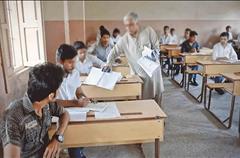








.gif)








